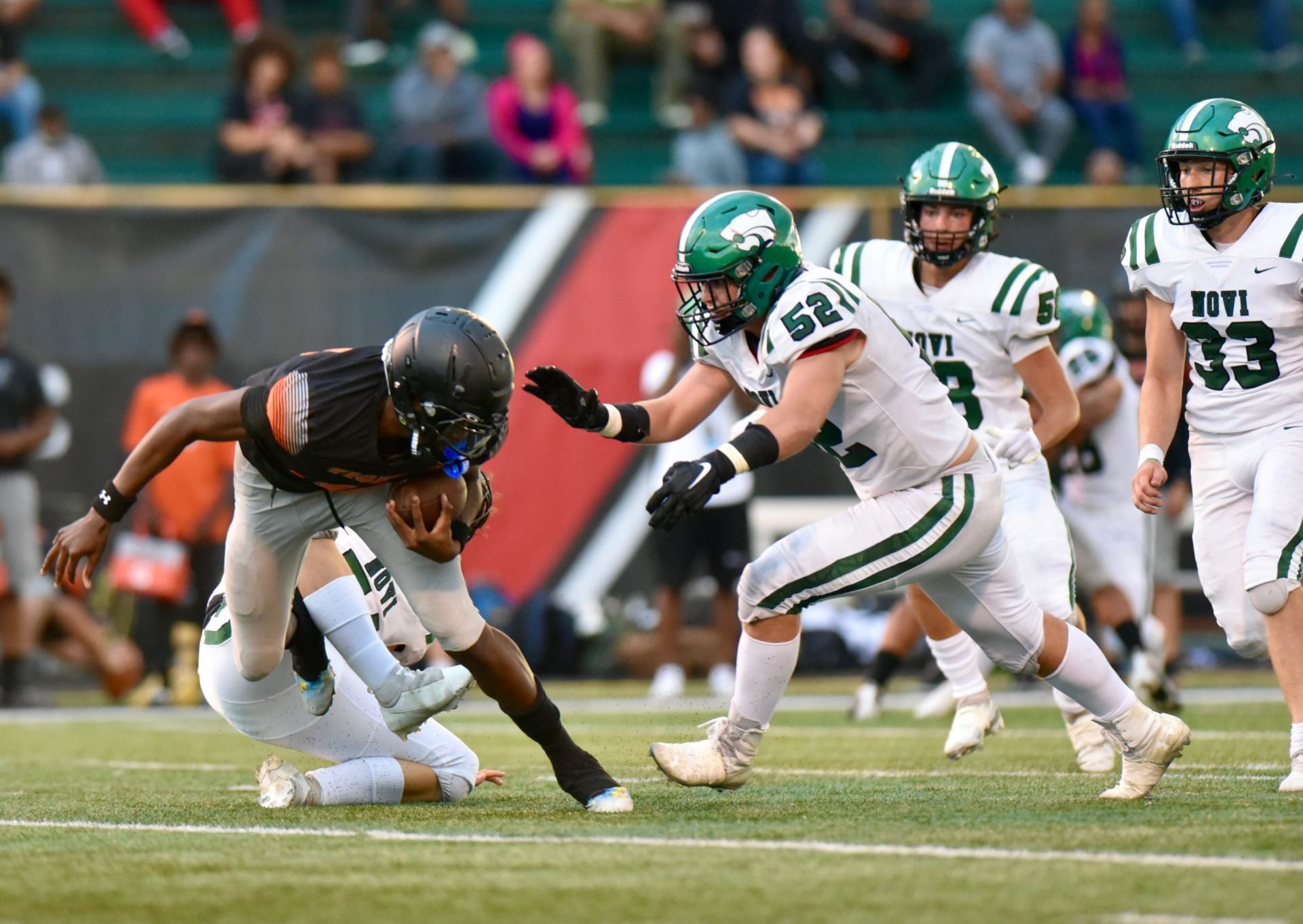If you are a newcomer to the high school football scene, then you may wonder how long these games last. Believe it or not, this is one of the most common questions that people have about the sport.
Here, we share everything you will need to know about the match lengths, breakdown of what to expect on Game Day, and why these games are worth every minute.

High School Football Game Duration: How Long Do Games Typically Take?
A typical high school football game lasts between two and three hours. Each game is divided into four 12-minute quarters, totaling 48 minutes of playtime. However, the game clock pauses frequently, extending the real-time duration.
Who is the best high school football player you’ve EVER seen?
Easy answer for me. pic.twitter.com/lE2wRizkpm
— Ross Tucker (@RossTuckerNFL) May 1, 2025
Stoppages occur for timeouts, injuries, out-of-bounds plays, incomplete passes, changes of possession, scoring plays, measurements, and penalties.
Halftime, typically 20 minutes, adds to the timeline. This break features marching band performances, cheerleading routines, and special presentations like homecoming ceremonies. In some cases, halftime can extend slightly for larger events, pushing games closer to the 3-hour mark.
If a team favors a pass-heavy offense, incomplete passes stop the clock, further lengthening the game compared to run-focused strategies.
Overtime can also extend games. According to the National Federation of State High School Associations (NFHS), overtime rules vary by state but often involve each team getting a possession from the opponent’s 10-yard line.
A single overtime period adds roughly 10-15 minutes, with rare cases of multiple overtimes pushing games past 3 hours. Weather delays, common in fall, can further prolong the event. For example, lightning delays may pause play for 30 minutes or more, as noted in a 2023 report by MaxPreps.
The Game Day Experience
High school football is a community-driven sport. Gates often open 90 minutes before kickoff, allowing fans to tailgate, visit concession stands, or catch pre-game warmups. Pregame ceremonies, like senior night recognitions, typically add 10-15 minutes before the national anthem and coin toss.
The action on the field is fast-paced, with an average of 120-150 plays per game, according to NFHS data. Blowouts may shorten games if states use “mercy rules,” where the clock runs continuously in lopsided scores, potentially wrapping up in under 2 hours.
Conversely, close contests with frequent timeouts or penalties can approach 3 hours.
If you are a first-time attendee, arrive early to secure parking and seats, especially for rivalry games that draw big crowds. Concessions are a staple, but lines peak at halftime, so plan accordingly. Most games conclude by 10 p.m., though delays or overtime can push this later.
High school football games is great showcase of athletic potential as the players are young and hungry to prove themselves. It’s a celebration of community, school spirit, and youth energy.
From the band’s halftime show to the final play, every moment pulses with excitement. As Coach Miller once said, “These nights create memories that last a lifetime.”
College Sports Network has you covered with the latest news, analysis, insights, and trending stories in college football, men’s college basketball, women’s college basketball, and college baseball!

